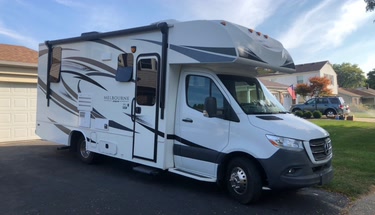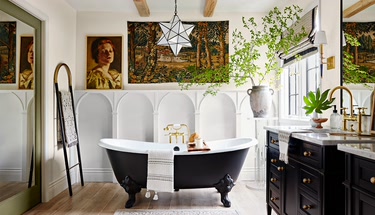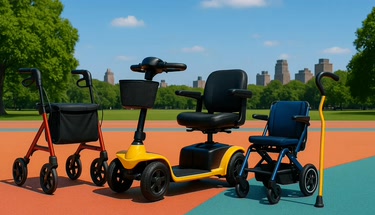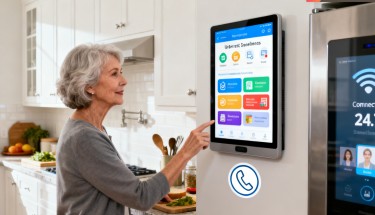7 Kitchen Design Trends Redefining Homes in 2026
The kitchen of 2026 isn’t just about aesthetics — it’s about intelligent living. This year’s designs merge sustainability, smart tech, and calming minimalism into one seamless experience. Homeowners are embracing organic materials, modular systems, and tech that anticipates needs before they arise. Discover how these modern kitchen trends are transforming everyday living and inspiring smarter home design.
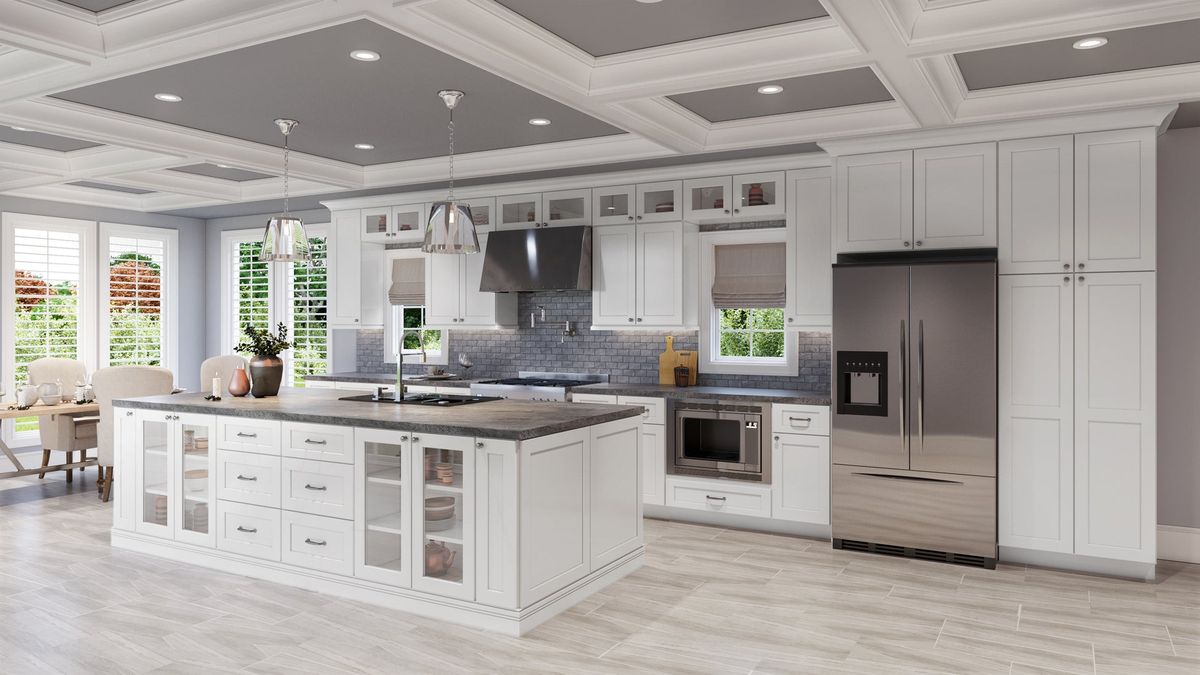
1. AI-Integrated Appliances Take Center Stage
Artificial intelligence has officially entered the kitchen. From ovens that adjust temperature automatically to refrigerators that suggest recipes based on what’s inside, AI-driven appliances are redefining convenience. Brands like Samsung, Bosch, and LG are releasing systems that learn user habits — adjusting lighting, timing, and even water usage based on cooking patterns.
In 2026, expect kitchens that think ahead, not just respond.
2. Sustainable Surfaces and Eco Materials
Eco-conscious design has evolved beyond recycled countertops. The modern kitchen now features biocomposite materials, low-carbon steel, and plant-based resins. Bamboo cabinetry and reclaimed stone backsplashes are in high demand.
Sustainability is no longer just an option — it’s a core aesthetic. These textures add natural warmth while reducing environmental impact.
3. Modular and Flexible Layouts
Rigid kitchen islands and fixed cabinetry are giving way to modular layouts. Designers are prioritizing adaptable zones — movable storage units, sliding counters, and extendable prep areas. This flexibility allows homeowners to shift from cooking to entertaining in seconds.
The modern kitchen is now a dynamic hub rather than a static workspace.
4. Invisible Tech & Seamless Design
Technology is getting smarter — and subtler. Hidden screens, wireless charging surfaces, and flush control panels keep kitchens looking clean while remaining ultra-functional.
Interior designers are blending minimalism with interactivity, ensuring tech enhances without overwhelming the space. The “disappearing tech” aesthetic dominates high-end kitchen builds in 2026.
5. Warm Minimalism & Natural Palettes
While the minimalist trend continues, it’s softening. The sterile white kitchens of the 2010s are replaced by warm tones, matte finishes, and earthy hues. Clay, sand, and forest green palettes create inviting, human-centered spaces.
This “warm minimalism” trend blends simplicity with comfort — proving that minimal doesn’t have to mean cold.
6. Smart Storage & Hidden Utility Zones
Clutter-free doesn’t mean less storage — it means smarter storage. Innovative cabinetry now conceals everything from charging stations to pull-out pantries and appliance garages.
2026 kitchens emphasize invisible organization, using hydraulic drawers and recessed shelving to create an effortless sense of order. It’s functionality meets serenity.
7. Lighting as a Lifestyle Element
Lighting has become the soul of kitchen design. Beyond simple illumination, adaptive LED systems now sync with circadian rhythms, moods, and even recipes. Pendant lights double as sculptural art pieces, while under-cabinet strips change hue for ambiance control.
Lighting in 2026 is both decorative and dynamic — turning meal prep into an experience.
8. Multi-Sensory Interactive Design: From “Functionality” to “Immersion”
The kitchen is evolving from a single-functional space to a multi-sensory experience hub. In 2026, smart kitchens will incorporate multi-dimensional interactions combining voice, touch, and visual feedback. For instance, touch control panels on stovetops adjust vibration intensity based on oil temperature to prevent scalding; built-in speakers sync with step-by-step cooking instructions, while aroma diffusion systems (e.g., lemon-scented alerts for produce freshness) enhance the sensory experience. Brands like Miele have launched “Cooking Ambiance Kits,” where the vibration frequency of knives during chopping, gradual light transitions when boiling water, and the sound of running water create a harmonious rhythm—transforming daily cooking into an immersive ritual. This design is particularly popular among young families, turning household chores into engaging, participatory life moments.
9. Outdoor-Connected Kitchens: Blurring Indoor-Outdoor Boundaries
As demand for at-home socializing grows, the “indoor core kitchen + outdoor auxiliary kitchen” layout has become a new trend. In 2026 designs, folding glass doors open to create a seamless workflow between indoor stovetops and outdoor grills, with built-in refrigerated drawers extending to patios for easy access to food and drinks. Weather-resistant materials such as bioceramic countertops and waterproof smart panels are used, while outdoor areas are equipped with compact AI cooking appliances that support remote preheating. This design retains the comfort of indoor cooking while expanding social space for outdoor gatherings, making it ideal for villas and large apartments with courtyards.
